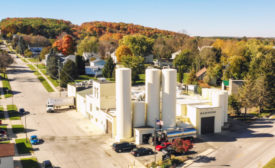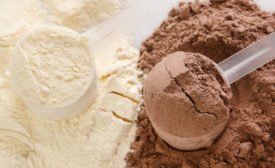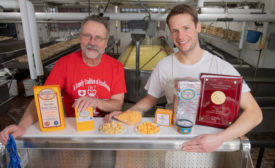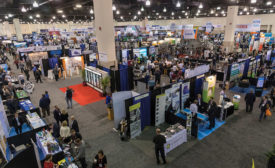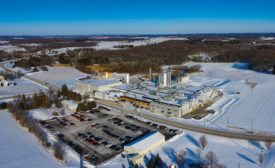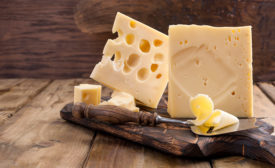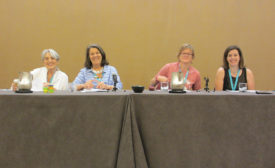Home » cheese processors
Articles Tagged with ''cheese processors''
Dairy processor prides itself on “flavor leadership” in creating hard and soft cheeses.
Read More
Hispanic cheeses make their mark
Overcoming challenges and embracing opportunities in the cheese market.
August 5, 2022
A closer look at Whey Protein Phospholipid Concentrate
Could this dairy by-product be the next big value-added ingredient?
August 1, 2022
Widmer’s Cheese Cellars boasts a century of artisan cheesemaking
Led by Wisconsin Master Cheesemaker Joe Widmer, Widmer’s Cheese Cellars is celebrating its 100th anniversary by sticking with tradition.
March 8, 2022
2020 CheeseExpo postponed and rescheduled for 2021
The event will now occur April 6-8, 2021, at the Wisconsin Center in Milwaukee.
March 13, 2020
CheeseExpo to focus on technology, education and more
The biennial event will take place April 14–16 in Milwaukee
March 10, 2020
Baker Cheese’s cheese plant was built to stretch
Baker Cheese’s plant expansion was designed to handle the continually increasing demand for the company’s string cheese
March 4, 2020
2019 State of the Industry report: Cheese has a favorable deck
As it continues on its winning streak, the cheese category is doubling down on innovation and more.
November 8, 2019
State of the Industry 2017: Consumers say more cheese, please
With an influx of innovative snacking options, convenient packaging, specialty cheeses and unique flavors, the cheese category claims the MOST CREATIVE title this year.
November 3, 2017
Get our new eMagazine delivered to your inbox every month.
Stay in the know on the latest dairy industry trends.
SUBSCRIBE TODAYCopyright ©2024. All Rights Reserved BNP Media.
Design, CMS, Hosting & Web Development :: ePublishing
